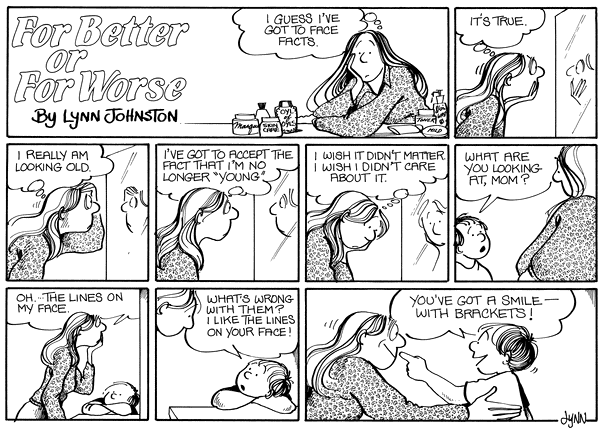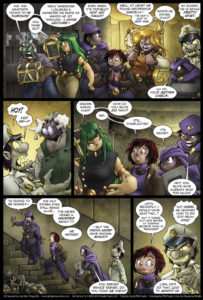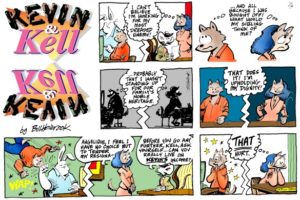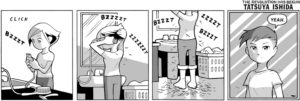What is a hiatus?
According to Google, a hiatus is “a pause or gap in a sequence, series, or process”.
According to webcomic readers, it’s the most frustrating thing to happen to your favorite comic. And potentially the most terrifying. Because to many artists/writers, making webcomics isn’t a “job”, and it’s easy for “real life” to get in the way. If you’re not syndicated or receiving some sort of payment for your work, the rest of your life ends up taking priority. This is also where fillers come into play.
But public hiatuses bear an element of dread, because there’s always the possibility of a comic being abandoned. Breaks can become permanent, and authors can go missing, pulled into the dredgery of mundane jobs. It’s a difficult thing to consistently run a webcomic, so it’s important to be understanding of artists that are just unable to keep up with it – as much as it might pain fans of the series.
While there are a number of series to go on hiatus at some point in time (occasionally due to important life events like getting married or having kids), there are some series whose hiatuses are as prevalent as their updates. A prime example of this is MegaTokyo – renowned as much for its anime-like characters and dramatic storylines as for its almost constantly being on hiatus.
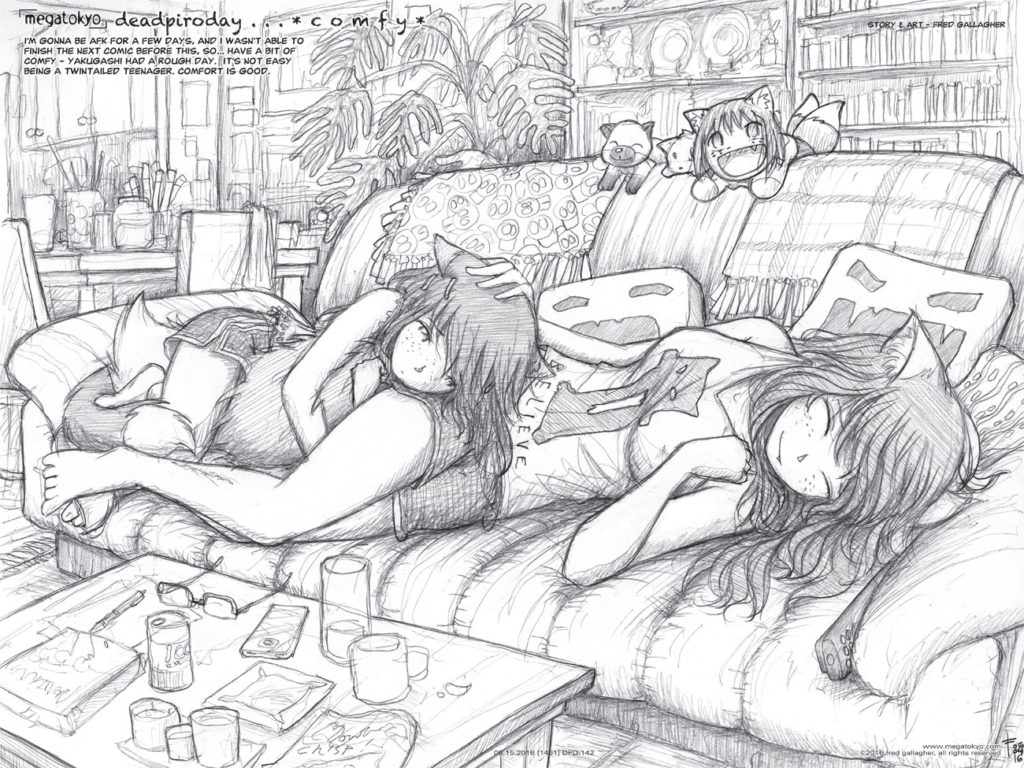
Source: MegaTokyo
Though these breaks are often because of personal trauma or tough experiences in the author’s life, they occur so frequently as to become a trope that the comic itself is known for (in addition to its overload of other story tropes).
All of this is why most webcomic creators create a strip buffer for themselves, or a stockpile of previously drawn comics that can be used within the series in case the author ever gets behind or gets busy. This is also an important part of maintaining a consistent posting schedule, because no matter how hard you try some days will not be drawing days. So if you ever want to create your own webcomic, give yourself a buffer. Don’t be on never-ending hiatus.
